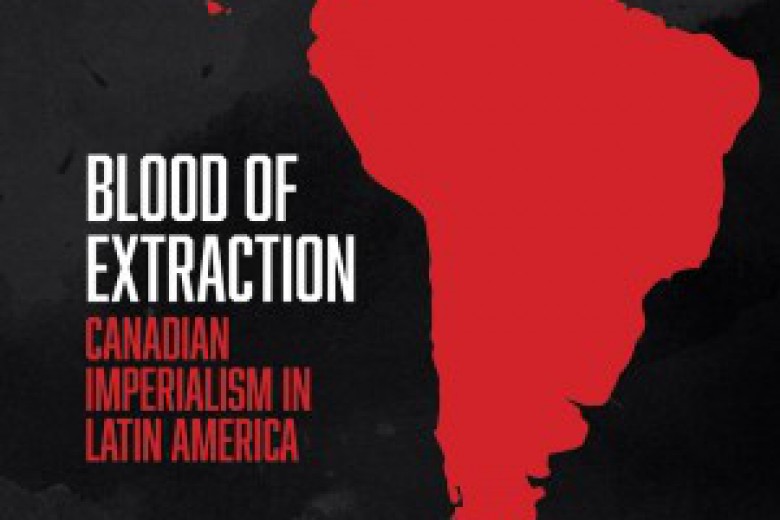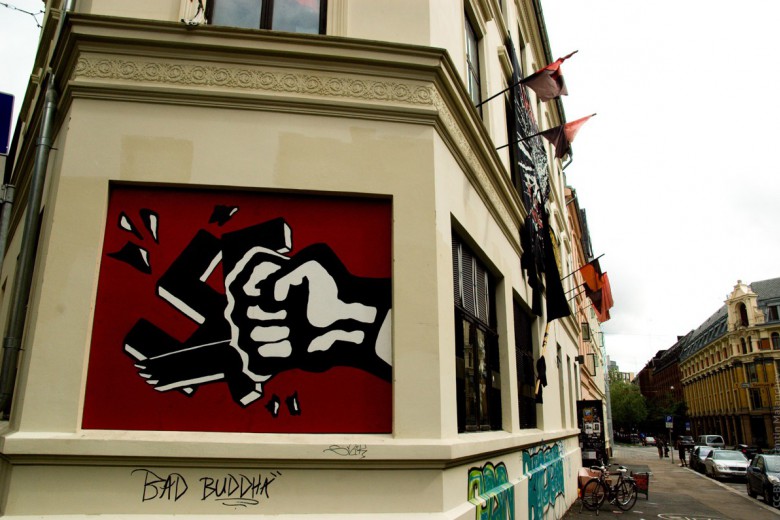Travelling to northern Nicaragua on the Pan-American highway, I passed through five roadblocks – each set up and maintained by students with local community support. At some, students with t-shirts covering their faces, and home-made mortars in their hands stuck their head in my car, asked who I was and where I was going, and then added: “We’re letting people through, it’s going to be about half an hour.” They were simply making the point that they control the highway. How did this happen so fast?
Lori Hanson, University of Saskatchewan professor and long-time Nicaragua solidarity activist, has just returned from Nicaragua. Together with Miguel Gomez – a Nicaraguan activist and professor of political economy at the Universidad Americana – the following is a glimpse into the student movement that ignited the April uprising in Nicaragua and the violence students and their sympathizers now confront.
The 2018 Nicaragua Uprising:
In mid-April Nicaraguan students initiated an uprising that is once again re-defining the country. After an eleven-year-long presidency, President Daniel Ortega has lost control of Nicaragua’s most important political domain: the streets. But 51 days into the uprising, repression by police and para-police shock forces continues, with a death toll exceeding 130, more than 1300 wounded, and around 500 detained. Autopsy reports, eyewitness accounts, and the use of live ammunition confirm that many of the killings are assassinations – direct shots to the head, neck and chest. An Amnesty International report issued May 29 was titled “Shoot to Kill: Nicaragua’s Strategy to Repress Protest.” The violence is not abating, and death tolls continue to rise, with the worst attacks happening at night. The largest numbers of those dead are the students. It is their story we wanted to tell.
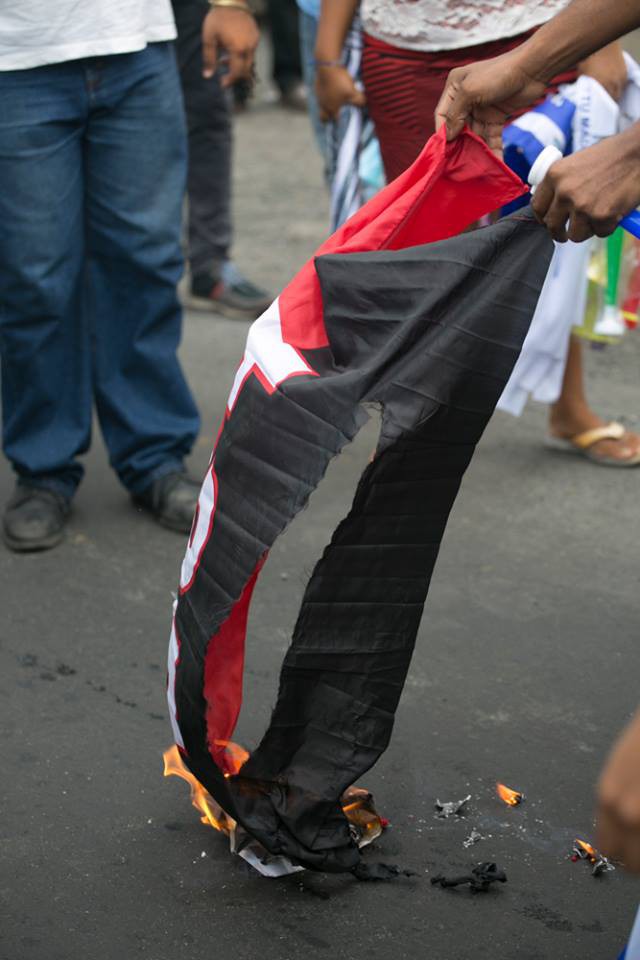
On April 18, university students calling themselves the autoconvocados (self-organized) launched national protests against government foot-dragging in controlling widespread fires in the Indio Maiz biosphere. At the time, the protests were organized using the hashtag #SOSIndioMaiz. And while those fires were still smouldering, Ortega proceeded to pass reforms to Nicaragua’s social security system (INSS) into law without consultation. The focus quickly shifted: in social networks #SOSIndioMaiz became #SOSINSS. Students joined pensioners in protest, much as they had in 2013 (#ocupaINSS).
As the protests spread, the autoconvocados movement grew from a seemingly homogeneous small group of outraged university students to an alliance of diverse movements and actors – students and non-students – each with its own political agenda. The escalation and the speed of the violence – including clashes on the streets, the torching of public buildings, and looting of grocery stores – pushed the government to rescind the INSS reforms and to call for a National Dialogue. But the government refused to assume responsibility for the continuing violence. By late April, the government’s apparent disdain turned #SOSINSS into a movement that encompassed a wider range of critiques: #SOSNicaragua.
The new social movement appeared leaderless and lacking a clear organizational structure. It relied on bottom-up, social network-based approaches to organization that challenge the rigid hierarchical, caudillo- and party-driven politics of Nicaragua. Student protesters seemed moved, much like the Spanish indignados, by a general sense of moral outrage against authoritarianism.
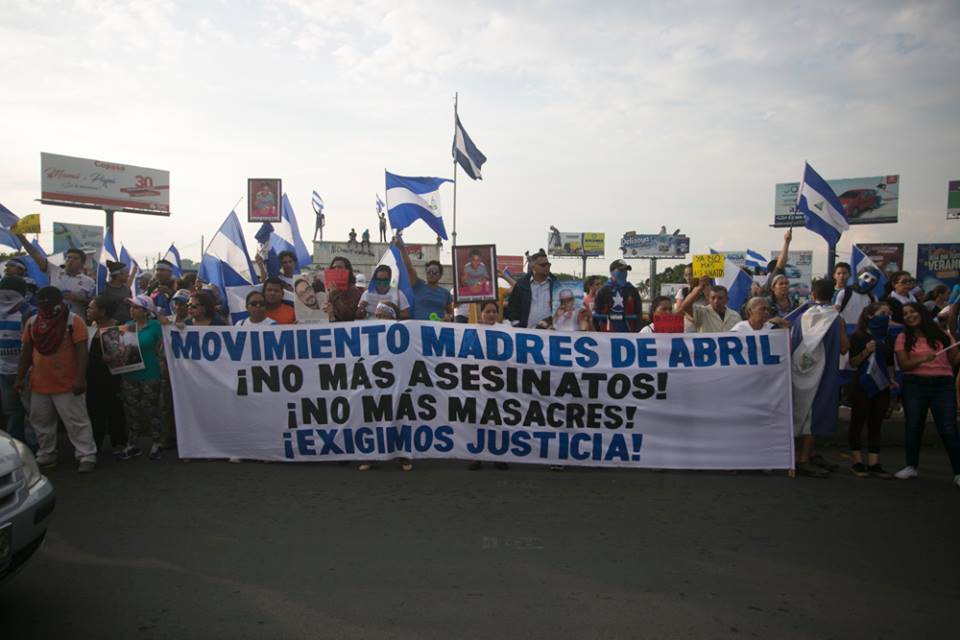
The name autoconvocados is powerfully symbolic, targeted partially towards the youth wing of the Sandinista National Liberation Front’s (FSLN), Juventud Sandinista (JS; Sandinista Youth) and the Unión de Estudiantes Universitarios de Nicaragua (UNEN; Union of University Students of Nicaragua) – both party-led and run.
The autoconvocados tag represents a strong rejection of “politics as usual” in Nicaragua. In a recent interview for the German newspaper Deutsche Welle, Madelaine Caracas (a prominent face of the autoconvocados movement) illustrates the movement’s wariness of the Nicaraguan establishment: “In Nicaragua there is no opposition. They are all the same. […] It is all Nicaraguans who are in the streets. It is no political party, no liberals, no conservatives, not the CIA. It is an awakening; we are tired of seeing our brothers killed.”
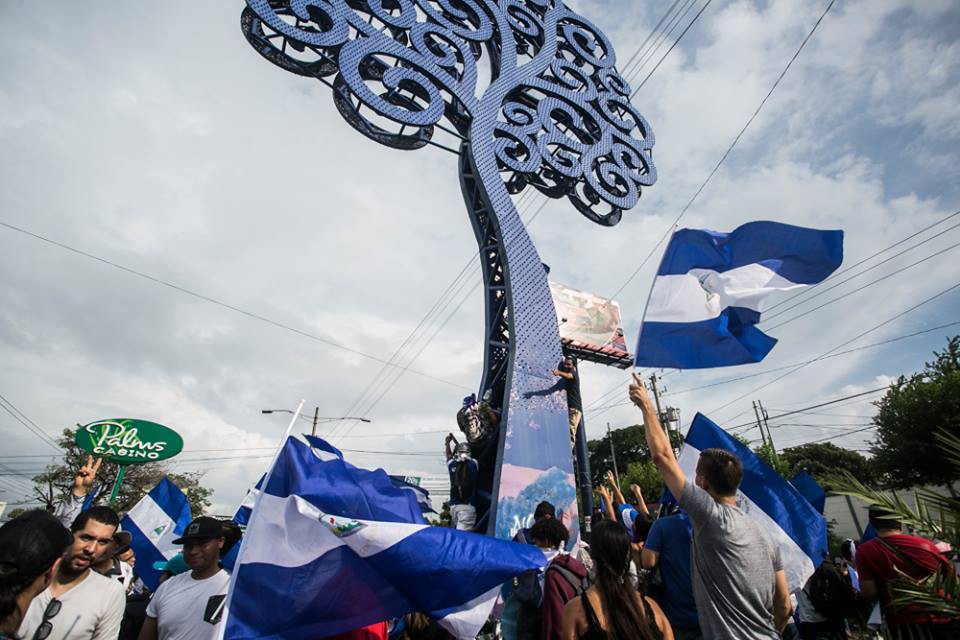
The core of the autoconvocados movement is essentially two groupings of students. Definitely the most militant is the Movimiento Estudiantil 19 De Abril (ME19A) who first occupied the campus of the Polytechnic University of Nicaragua (UPOLI). UPOLI has become the stronghold of the student uprising, one of the main symbols of the peaceful resistance, and one of the bloodiest grounds of the repression. Significantly, it was a ME19A-affiliated student who called Ortega an assassin on the first day of the (now truncated) National Dialogue, which was broadcast live on national television. Since they first occupied the UPOLI campus on April 19, the movement also occupied three other Managua campuses including recently, while under fire, the engineering university UNI. Student groups from various private universities serve as a solidarity groups supportive of students occupying the public universities.
Myriad improvised networks and groups are continuing to surface. The diverse groups have begun using the hashtag #CoaliciónUniversitaria to refer to themselves as a single coalition. In the days following the initial repression, they created a list of common demands to what they perceive as shared issues. The challenge is to organize and continue to clarify their political positions in an increasingly armed country seemingly all too ready to sacrifice more students.
That won’t be easy. The range of ideological positions includes those self-identifying as critical or former Sandinistas (or the children of the Sandinista revolution) and many in the larger civic alliance who are strongly anti-Sandinista ¬– including pro-capitalists who have opposed the Sandinistas since their emergence. The latter group includes Somocistas (who pine after the Somoza dynasty), Liberals, Conservatives, and former members of La Resistencia Nicaragüense (former Contras).
More universally, the movement supporters are nationalists – the blue and white flag of Nicaragua being ubiquitous in the marches – who clamour for justice and democracy, without defining their terms.
Social movements involve networks of individuals or groups that share a common goal, yet, at the present moment, the only element holding the movement and its supporters together seems to be the opposition to Ortega. Dangerously, the whole edifice of the movement seems to be hanging on a single thread.
If the autoconvocados are to become a radical political force in Nicaragua, they will have to find ways to fight the government in ways that do not play into the hands of the national right-wing and pro-capitalists. Progressive elements in the movement will have to carefully navigate around the current gaping contradictions within it, of which they are just beginning to take note.
The unfortunate reality of popular uprisings is that there is much more to do than just hitting the streets. Continued mobilization, articulation of progressive left thinking, and the slow march of organizing from below will be the only way forward.


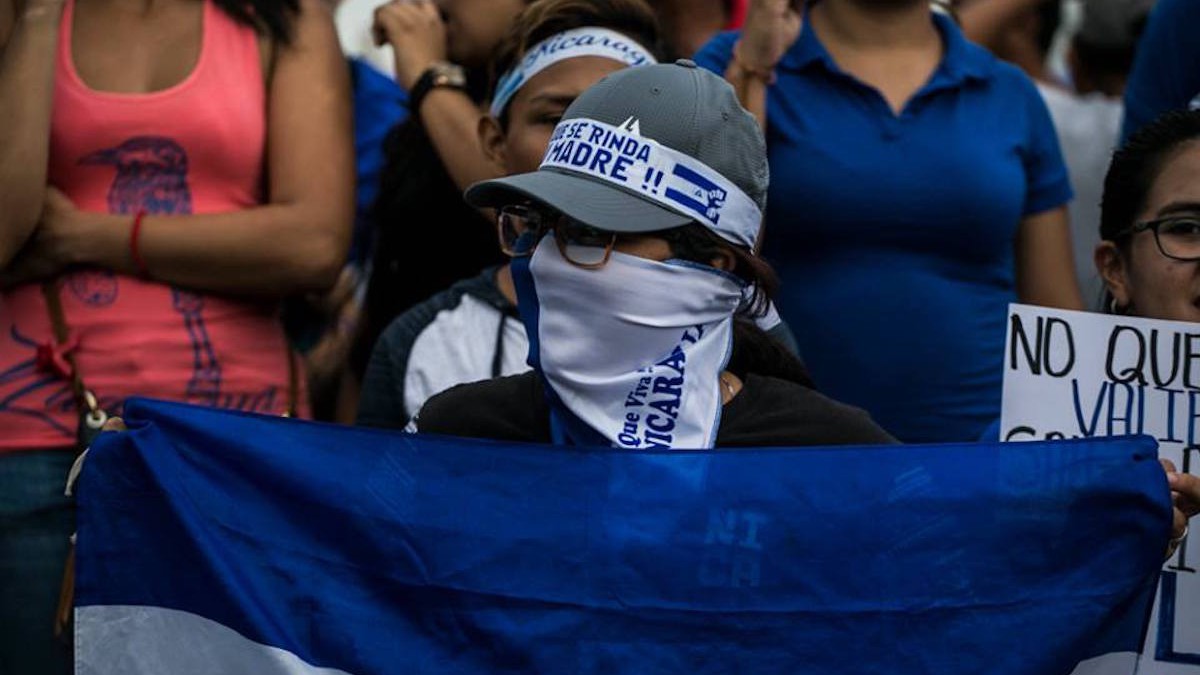
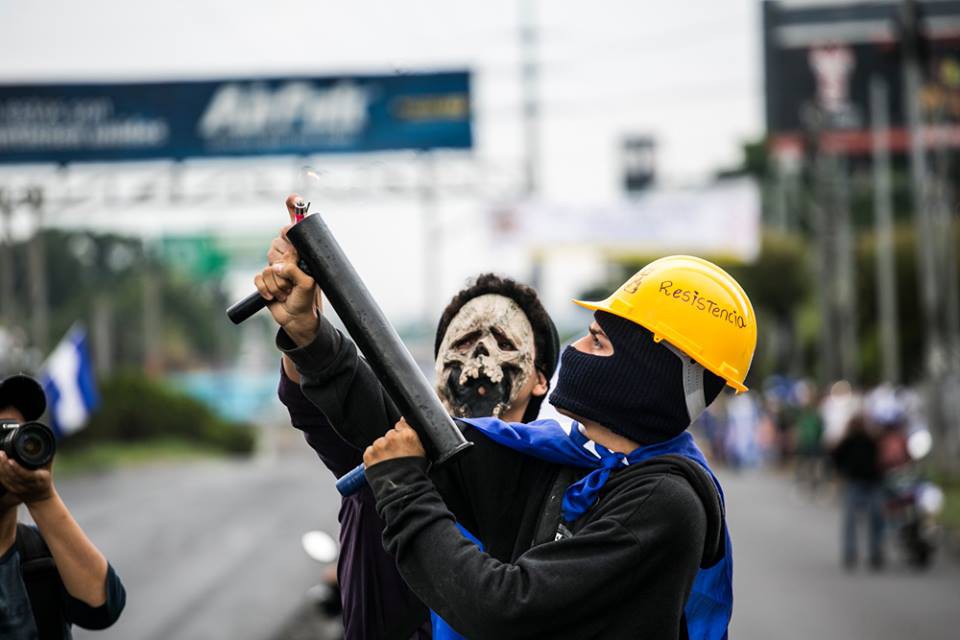
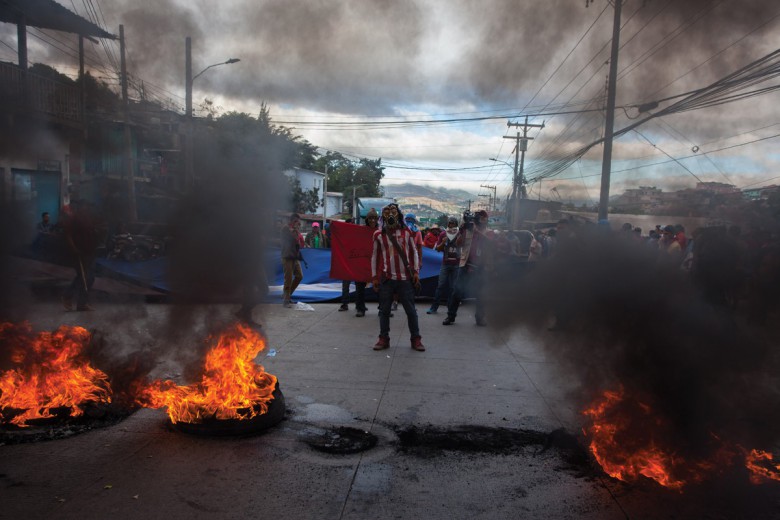
_780_520_90_s_c1.jpg)
